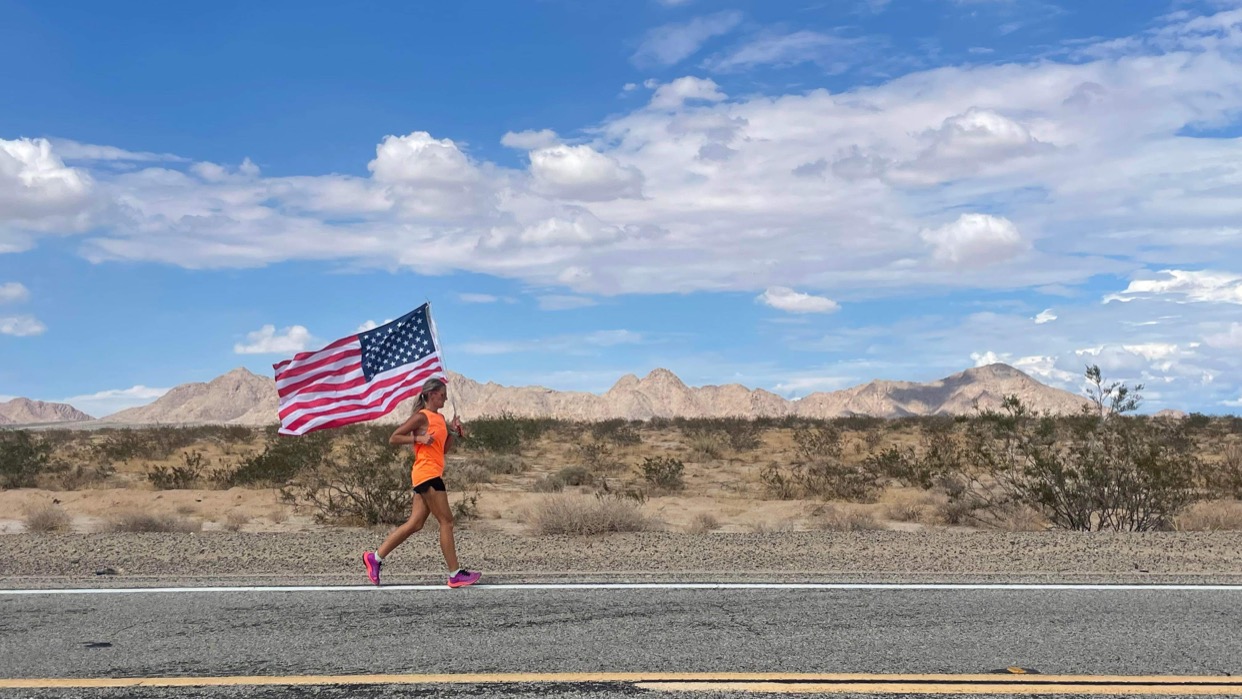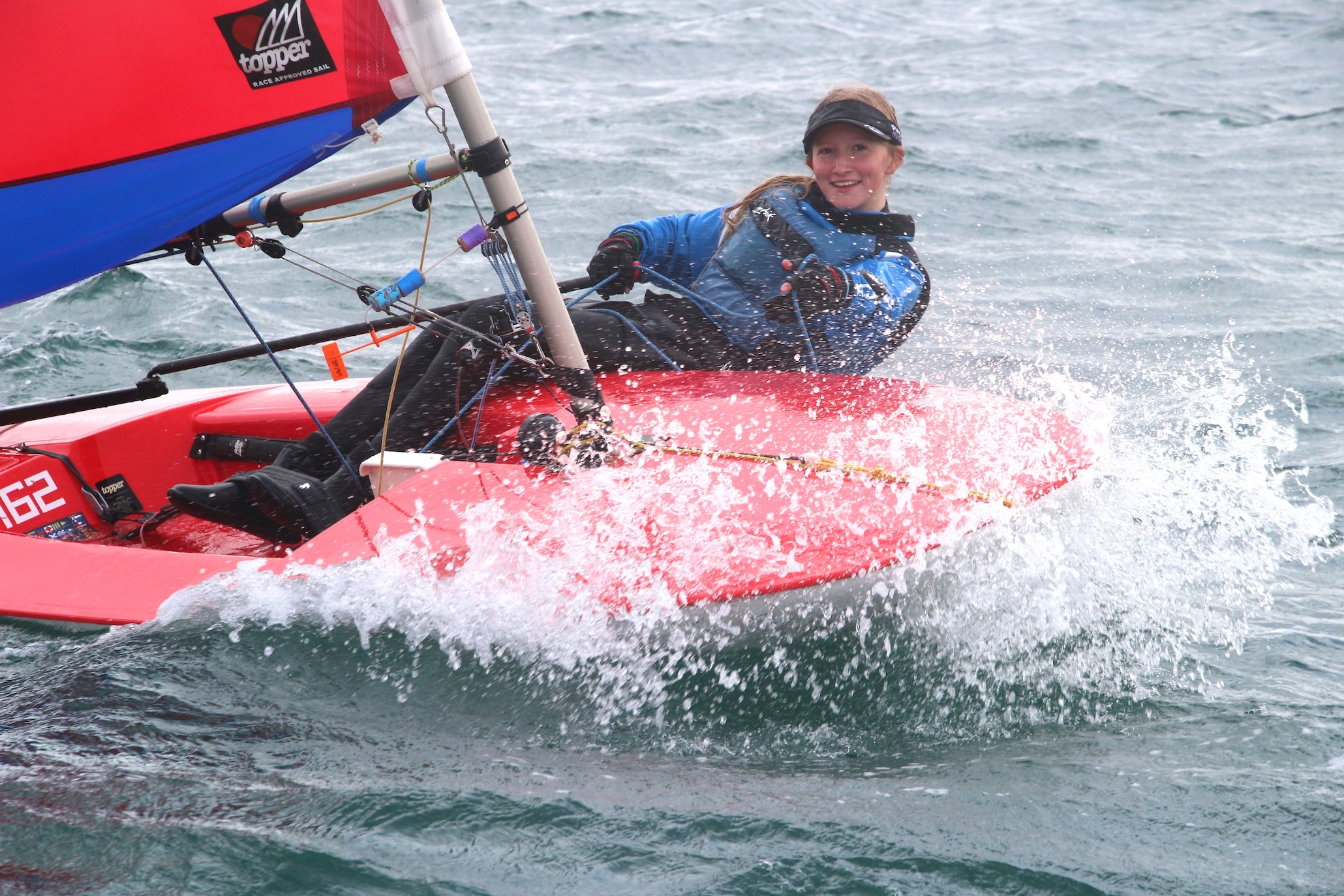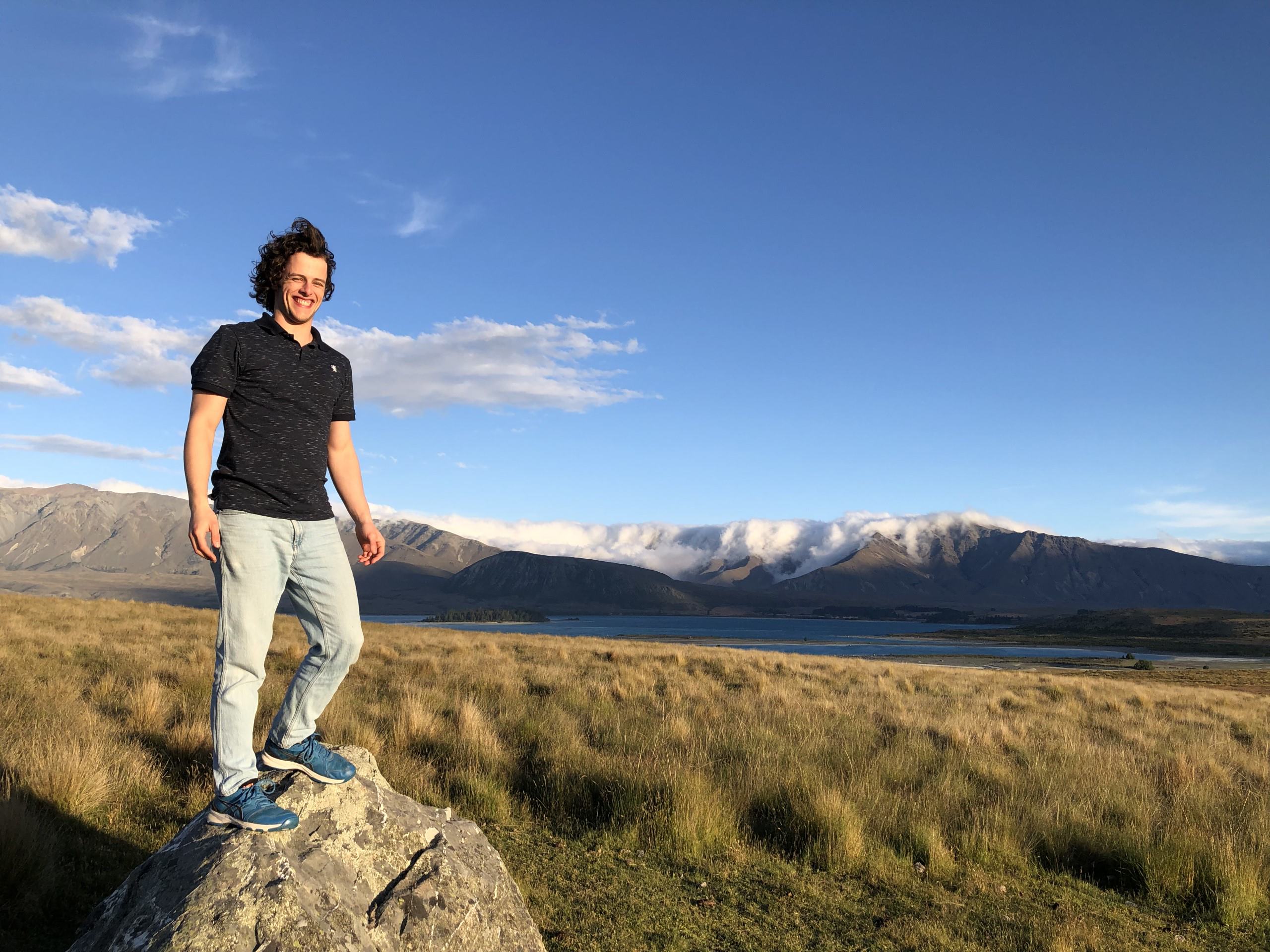
Safe listening and making the most of e-learning
October 6, 2020
‘Deaf U’ on Netflix follows Gallaudet University students
October 9, 2020How to watch the U.S. debates with sign language

As election season continues in the United States, many Americans tune into the debates between the Presidential and Vice-Presidential nominees. For people who are D/deaf and hard of hearing, having access to the U.S. debates with sign language is important.
The U.S. Vice Presidential debate airs today between Mike Pence and Kamilla Harris. Here’s how you can watch the debates with American Sign Language interpretations, and captions.
How to watch the U.S. debates with sign language
Since the 2016, The Deaf Professional Arts Network (DPAN TV) has been providing live broadcasts of the U.S. debates with sign language and live captions. The non-profit aims too provide universally accessible entertainment by extending its reach to the Deaf and hard of hearing.
In the U.S. Presidential debates, each speaker has their own interpreter on the screen, which are visible during the entire debate.
The Vice-President debate is today, October 7 at 9:00 PM EDT.
You can watch that debate live on Facebook and join in on the conversation in the chat window, or online at DPAN.TV https://dpan.tv/
Why we need ASL interpretations
Having access to clear communications, especially for important information, is important.
For some, watching the Presidential debates on September 29th was frustrating. Not completely in the same way that it was frustrating for others with the nature of the debate, but because there was no access. Some d/Deaf and hard of hearing citizens took to social media to voice their frustrations. One person, by the TikTok screen name @erin.syd voiced their frustration, then was shared to Instagram by Chelsea Cirruzzo.
“Okay, so I’m really frustrated right now bc I’m trying to watch the Presidential debate, but there’s not an ASL interpreter. There’s nothing. And it’s live TV, so cc or subtitles don’t work; they’re really delayed. It’s not accessible, it’s not equal access, and it’s not right. It’s really frustrating bc I’m finally old enough to vote, and I can’t even watch the debate. Everyone in the Deaf community can’t watch/can’t understand what’s happening. It’s not fair and we need to push for change, push for interpreters to be at all debates and on-screen the whole time.”
here’s how the debate last night was inaccessible for the Deaf community: pic.twitter.com/4YrweNtSX6
— Chelsea Cirruzzo 👻 (@ChelseaCirruzzo) September 30, 2020
This frustration is not unique to Erin. Many people with hearing loss have been advocating for equal accessibility through the years. There is a way to watch the debate with ASL interpretation, however, it is not a way that is accessible for all people. Everyone in America knows they can just turn on the TV and watch or listen to the debate. I believe there are radio stations, as well, that stream the debate for those who want to listen on there. However, in order to get ASL interpretations, you need to have internet access. This is not something every D/deaf/HOH person in the United States has or knows how to navigate. It really should be as simple as just turning on the TV.
Accessibility rights in the U.S.
Earlier this week we talked about how Federal Coronavirus briefings now require ASL interpretations and accurate captioning. The same needs to happen for debates, and really everything should be accessible to everyone.
These debates are really important. It’s important to be able to see the Presidential and Vice-Presidential candidates debating on topics that are of importance. Especially for newer voters, these debates mean a lot for them to learn about the election process and who they would like to see in the seat of President and Vice President of the United States of America.
Hopefully, one day soon the debates will be on live TV with interpretations so all people may participate in watching the debates.



